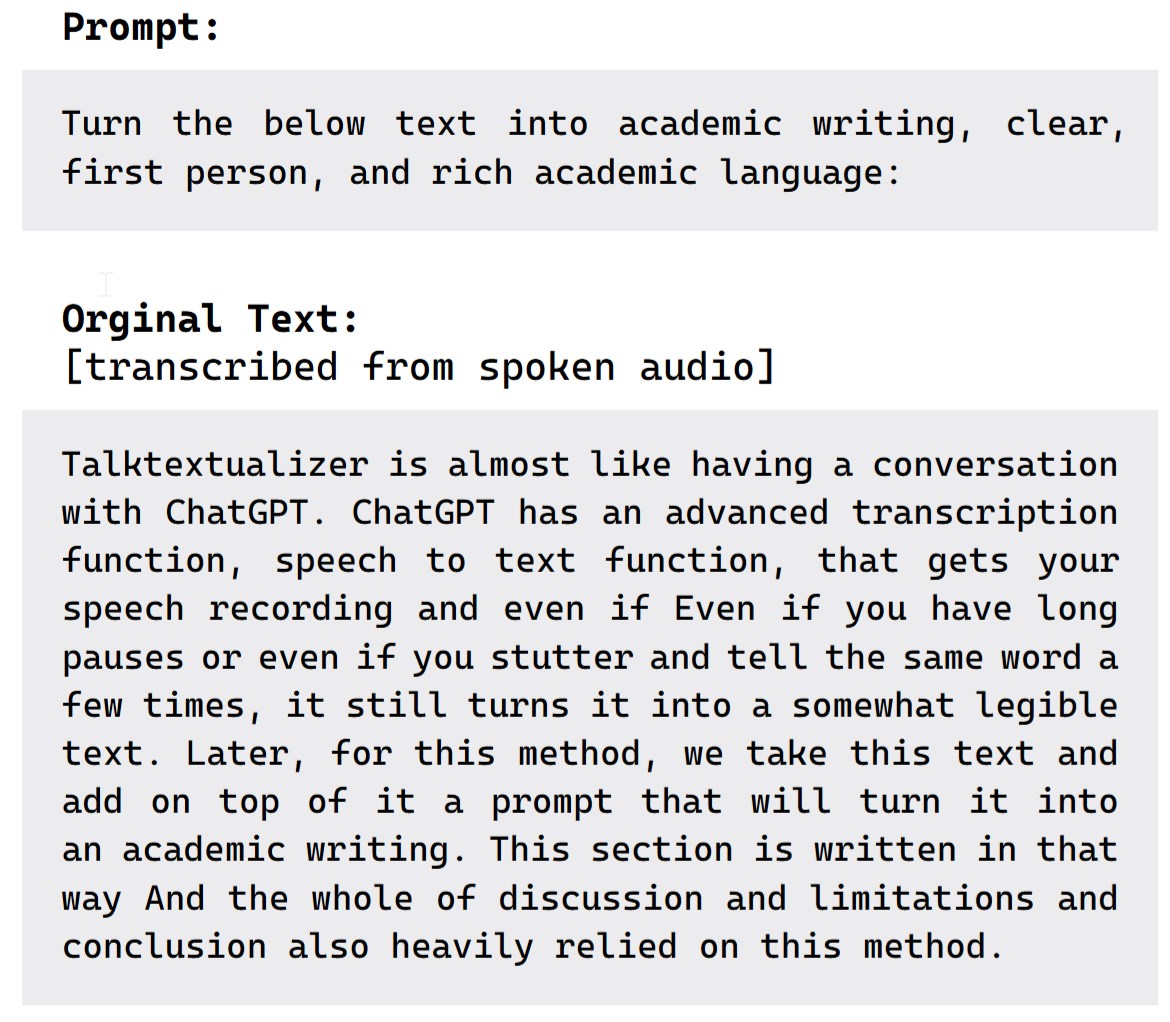Abstract
What if artificial intelligence (AI) could transform academic writing into an exhilarating game of table tennis? This paper explores AI’s potential to foster creativity, enjoyment, and play. We challenge the view of AI as merely a tool for efficiency, showcasing its capacity for embodied interaction and intellectual engagement. We introduce an AI-infused table tennis setup, where two people can co-author a paper while playing ping pong. Using ChatGPT and an Arduino-driven system, this environment generates writing prompts based on gameplay, blending physical play with intellectual practice. Through PingPonGPT, we demonstrate AI’s role in reflective practices, enriching overall work and creative processes.
Role: Concept Co-Creator, Main Co-Author, Designer
Type: Full Paper
Conference: Proceedings of the Halfway to the Future Symposium
Stats: Acceptance rate: 36%
Date: 2024
Co-Authors: Ahmet Börütecene


